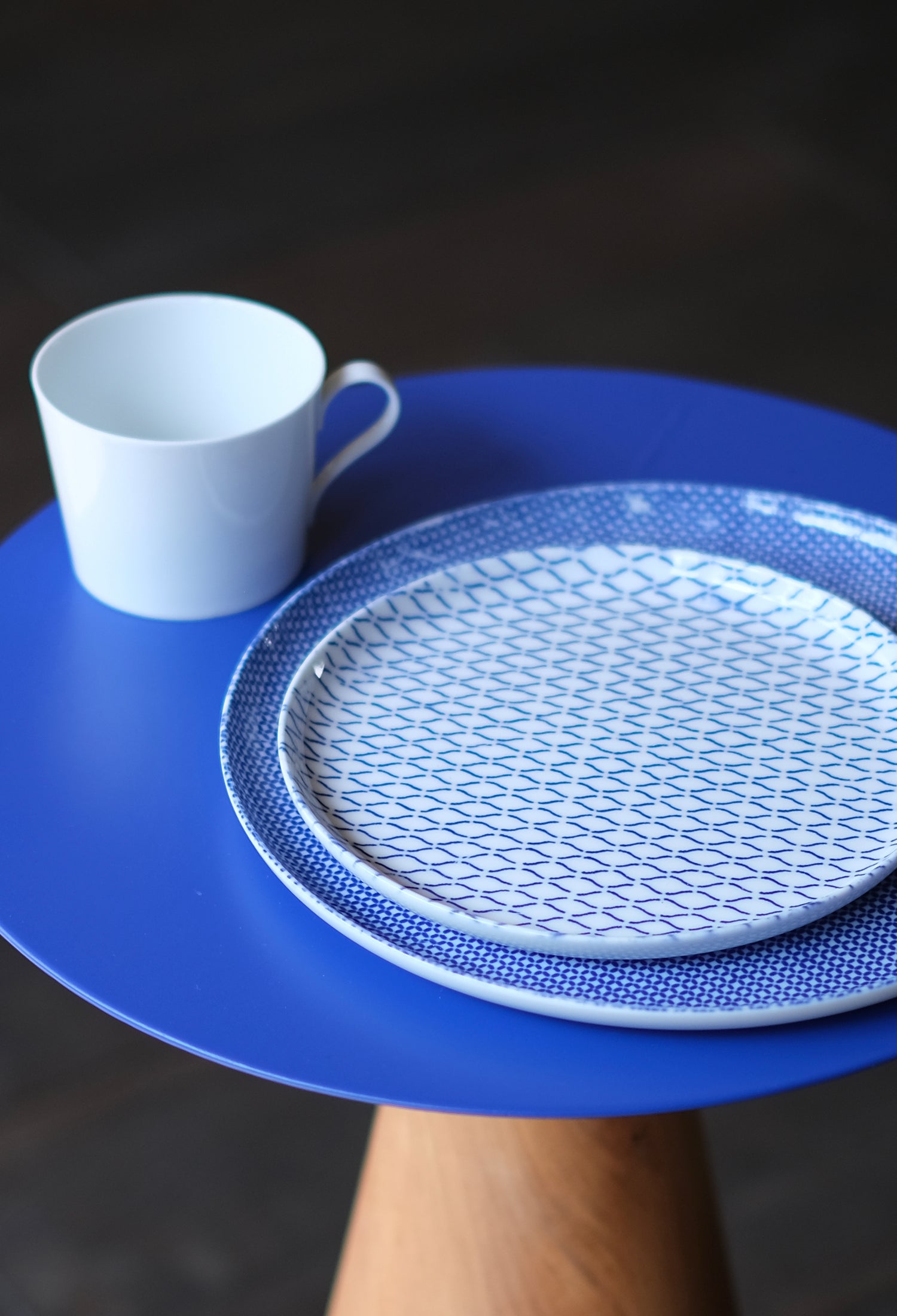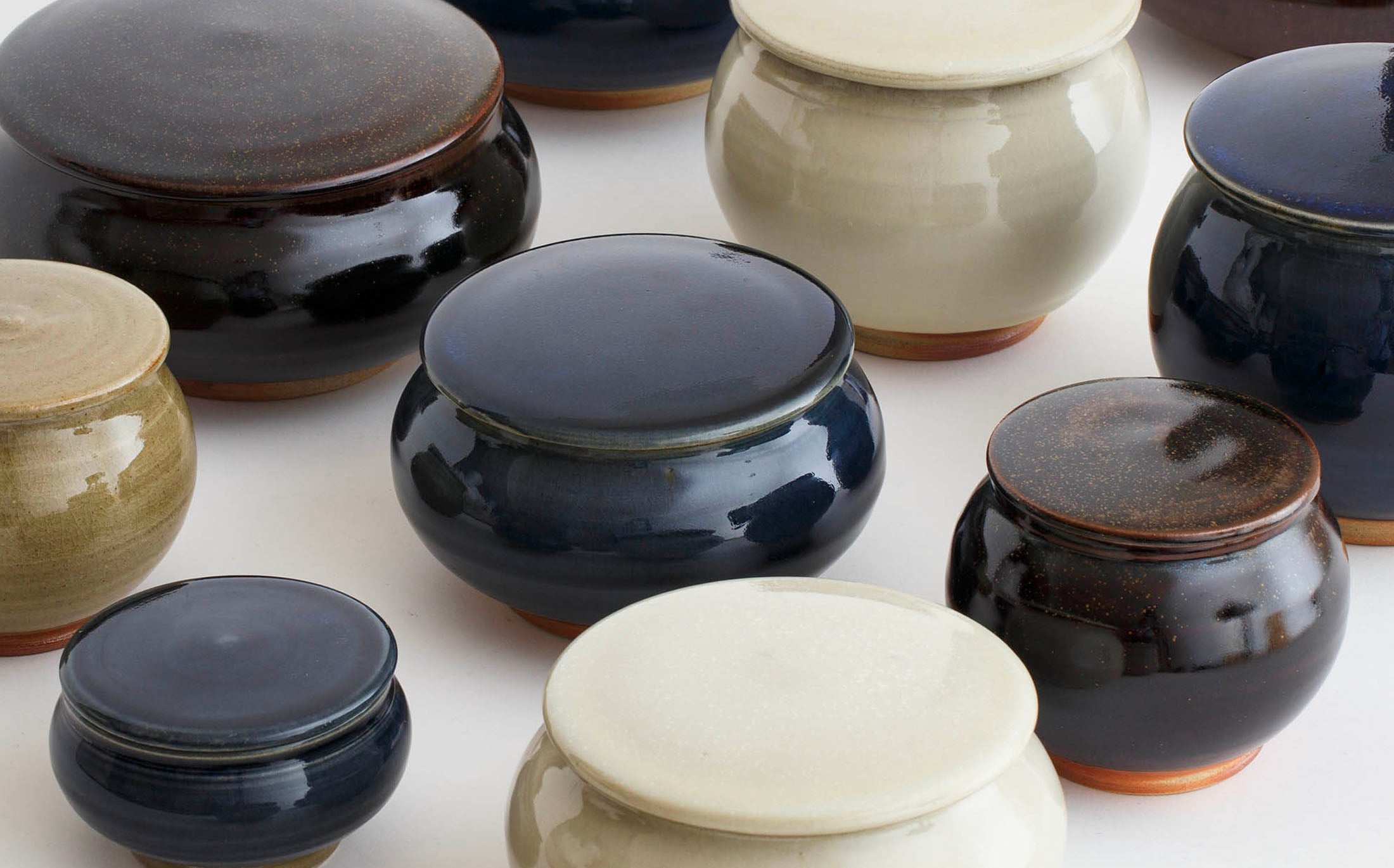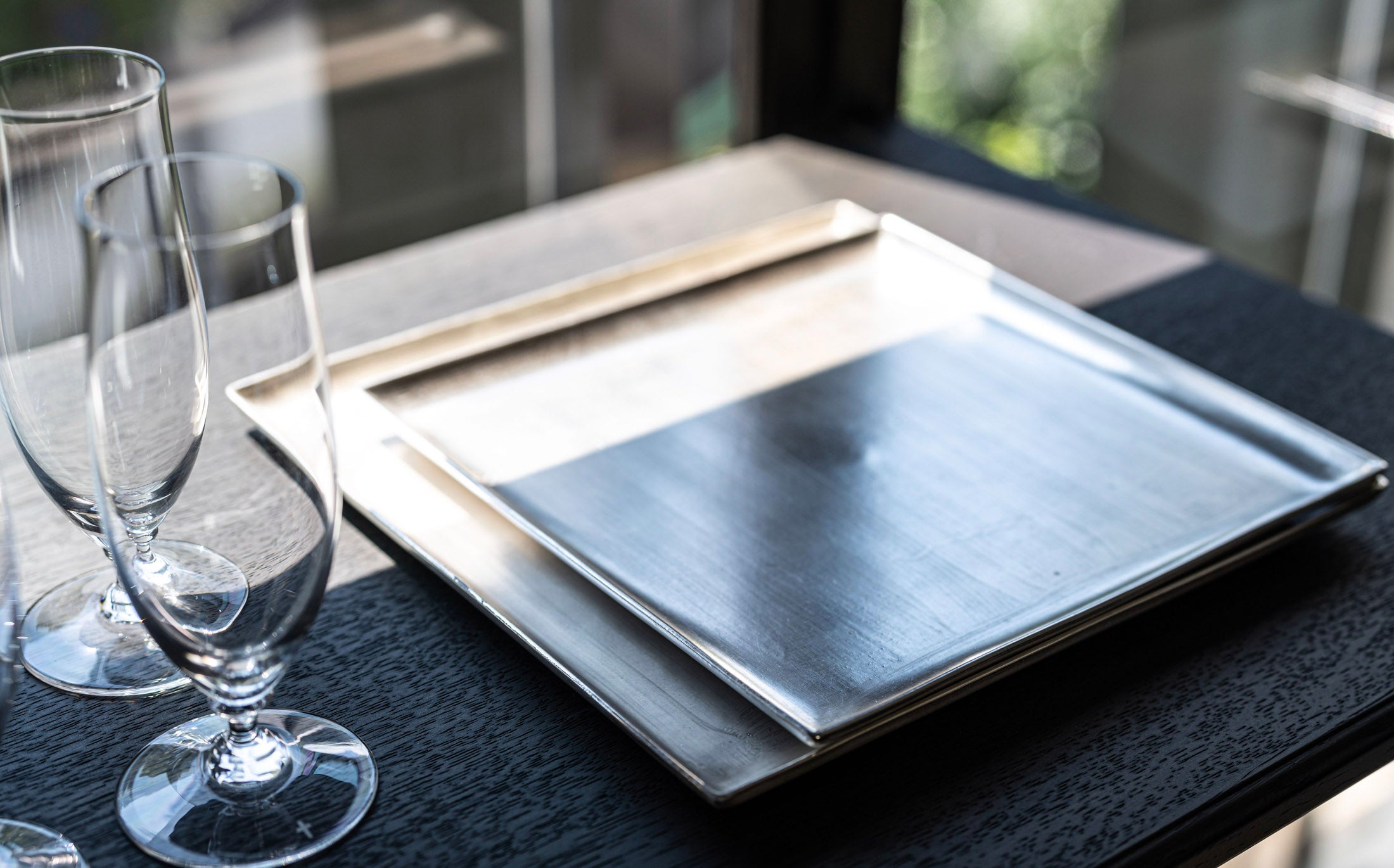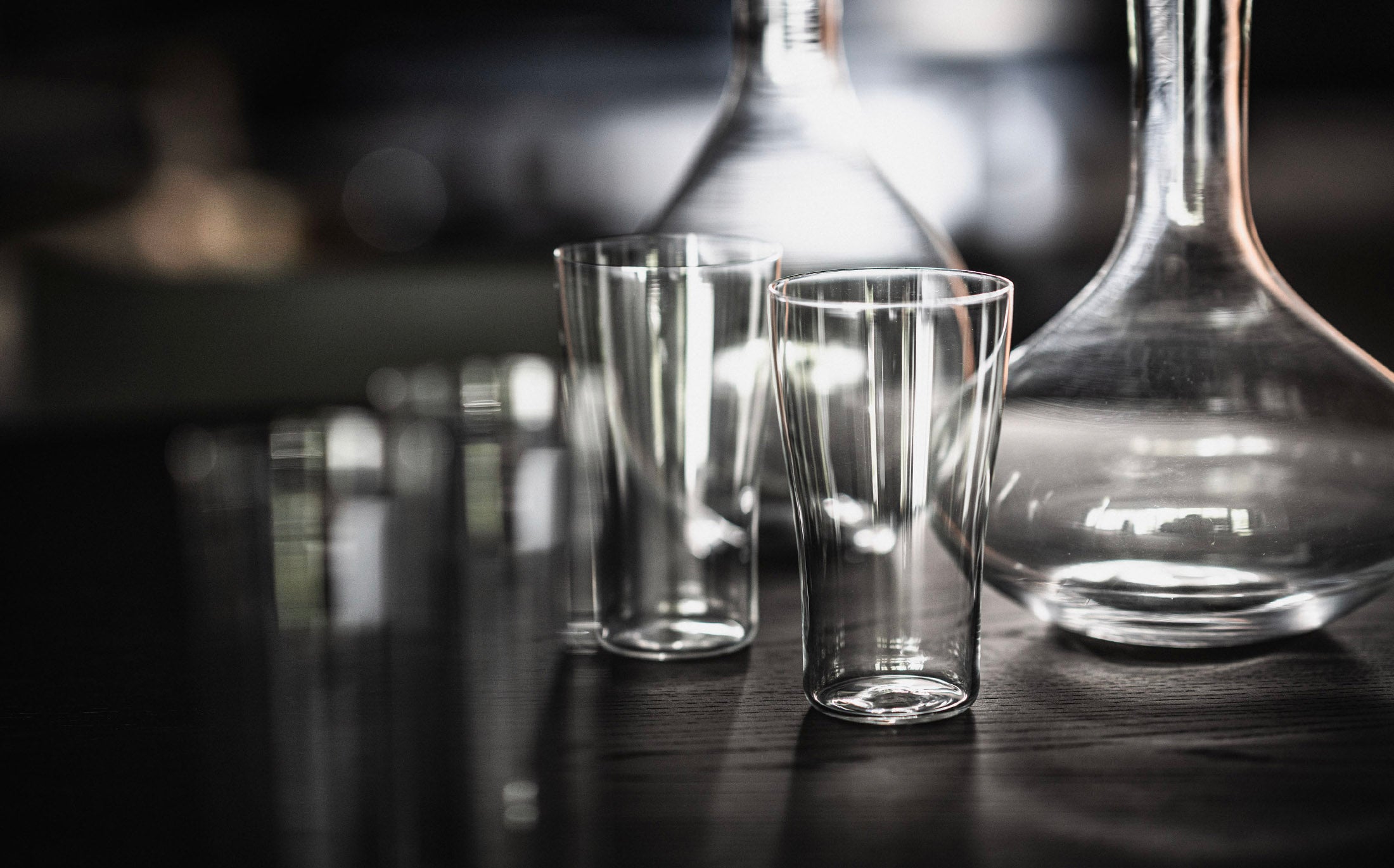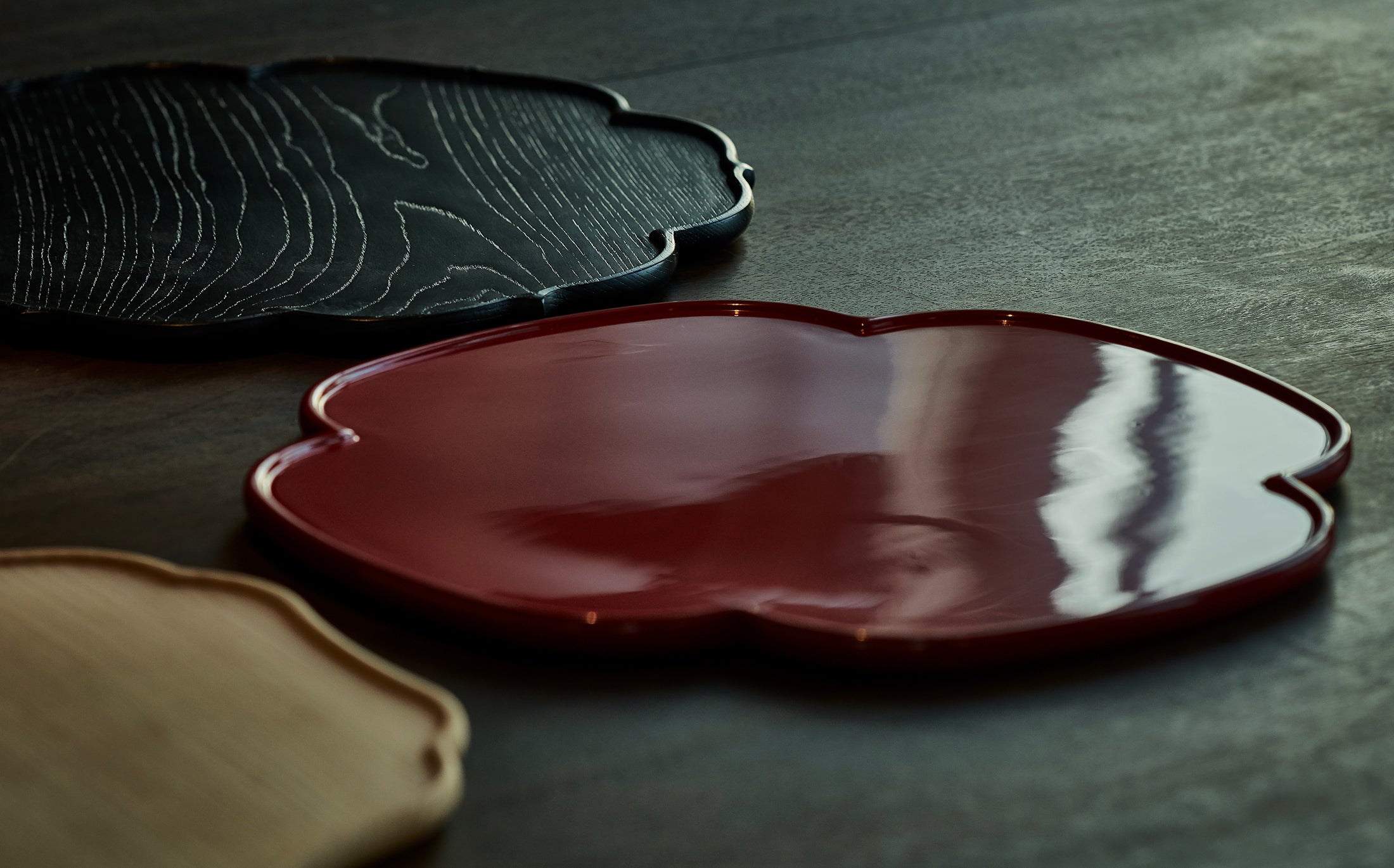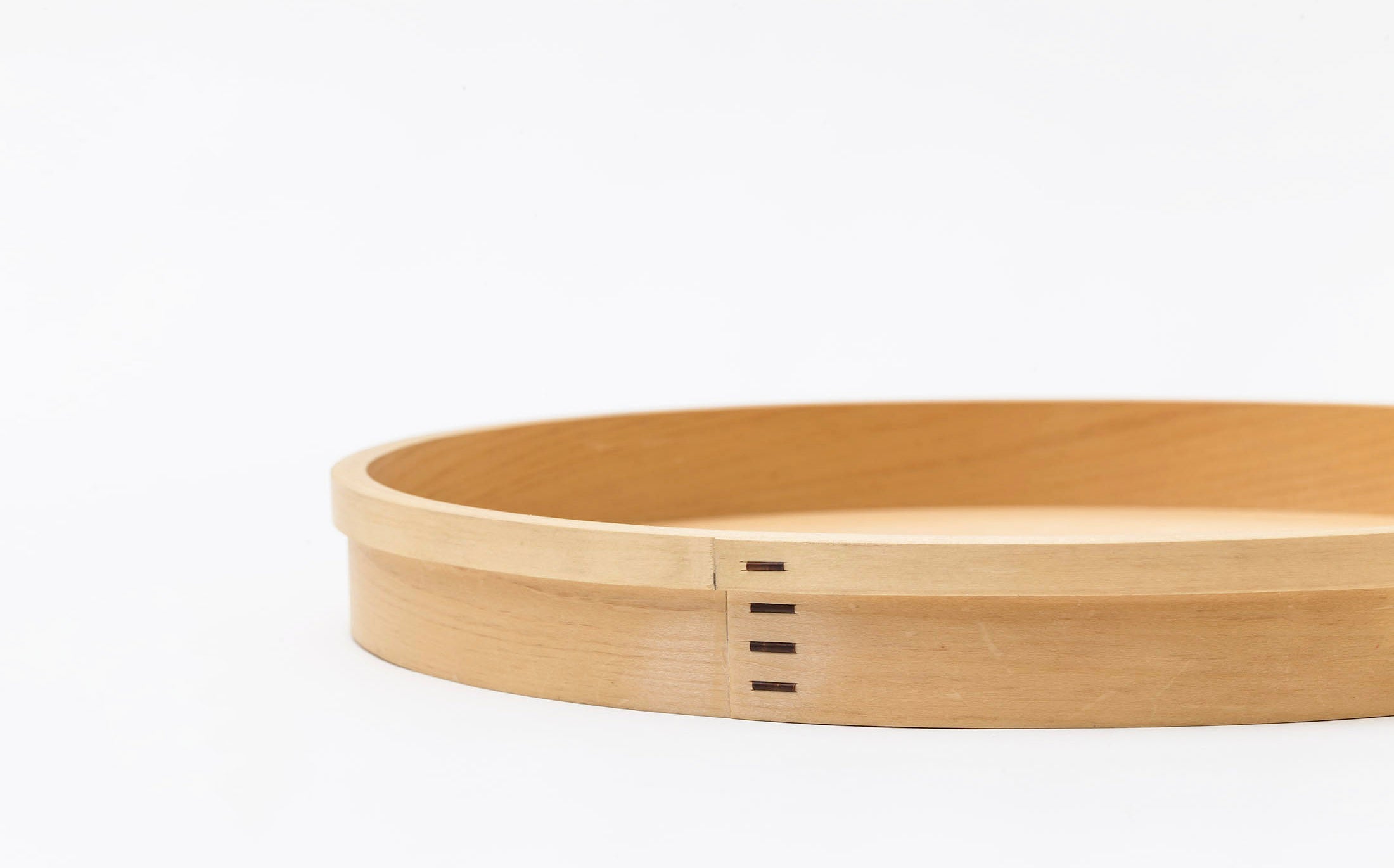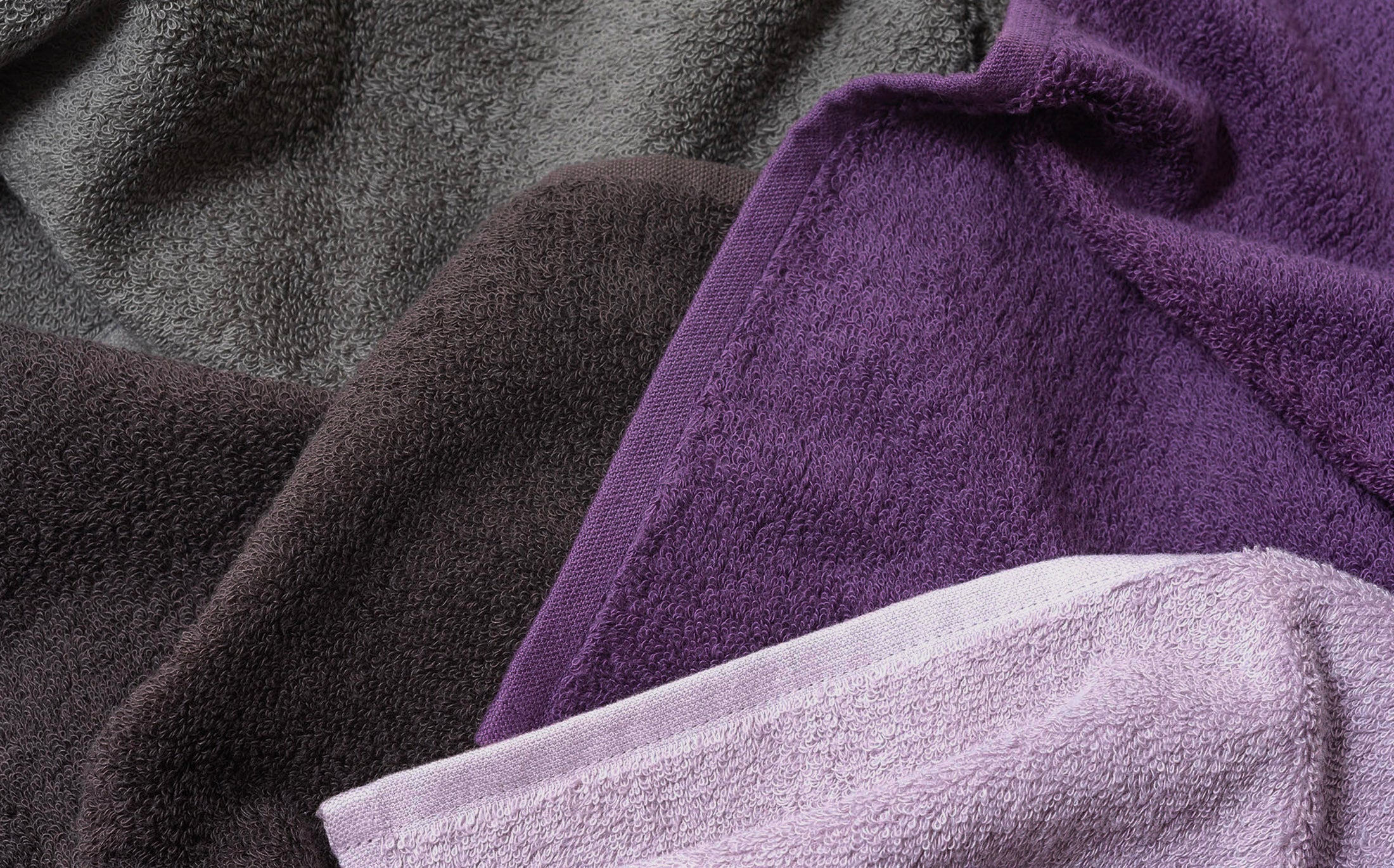MATERIALS AND CARE - Tableware
Time & Style's porcelain ware is made by using traditional techniques from a variety of different regions of Japan, such as Hasami-yaki and Mikawachi-yaki from Nagasaki Prefecture and Yoshida-yaki from Ureshino in Saga Prefecture. The simple, delicate forms make it possible to harmonically combine them with several types of dining settings.
Porcelain wares are produced by heating fine-grained clay at high temperatures, and therefore, they have a smooth, hard and densely structured texture, and does not absorb water. They can serve as containers for daily use without reserve.
HANDLING
Porcelains are made from fine-grained clay and do not absorb water due to their hard finish.
Porcelain dishes are dishwasher safe. Please take care when placing them in the dishwasher to prevent them from touching each other. We recommend that you prewash ceramics carefully to prevent residues from getting into the material. Although it is safe to use these dishes in the microwave, sudden temperature changes may occur cracks. This is particularly true for ceramics, which contain moisture that causes the temperature to raise quickly from within, increasing the possible damage. Neither type of dish is oven-safe, nor should they be placed directly on the stove. In addition, please be careful not to pour cold water over hot porcelain or ceramic dishes, as this may result in damage.
Ceramics have a soft, warm appearance. The complex gradations of the glaze and the simple beauty of the handiwork is the character of ceramics, and no two pieces are the same. Since ceramic wares absorb water to some degree, they tend to acquire texture and a more nuanced appearance the longer they are used.
HANDLING
Ceramics are made from coarse clay, and absorb water because of their porous finish. Ceramic dishes are dishwasher safe. Please take care when placing them in the dishwasher to prevent them from touching each other. We recommend that you prewash ceramics carefully to prevent residues from getting into the material. Although it is safe to use these dishes in the microwave, sudden temperature changes may occur cracks. This is particularly true for ceramics, which contain moisture that causes the temperature to raise quickly from within, increasing the possible damage. Neither type of dish is oven-safe, nor should they be placed directly on the stove. In addition, please be careful not to pour cold water over hot porcelain or ceramic dishes, as this may result in damage.
BEFORE USING CERAMICWARE
Ceramics made of rough clay easily absorb soup and oil, which may cause stains and unpleasant odors. Please follow these instructions to prevent this. Prior to initial use, pour enough water to cover the dishes in a pot. Add a spoon of flour to the mix, and put your dishes into the pot. Simmer over low heat for 20 minutes. The gaps between the clay particles are filled with the starchy material, preventing the dish from becoming stained and smelly. Let the dishes cool naturally in the pot, then wash and let them dry well. In addition, soak ceramic dishes in water for 5 to 10 minutes prior to arranging food on them. Take care not to leave your dishes in water after use; wash them as soon as possible, and let them dry completely before storing.
Although they require extra care, the best thing about Japanese ceramics is the way they gradually change to reflect their use.
lnban is a printing technique that has been in use since the mid-19th century. A sheet of paper that has the pattern printed onto it is put on unglazed porcelain. The print is then transferred onto the surface by rubbing it in with a wet brush. Because craftsmen do all the work by hand, misprinted patterns with gaps, or bleeding and broken lines, may occur. This results in the uniqueness of each item, and the uneven, handmade look of the print is what makes the In ban printing method fascinating. Although today this time-consuming technique is gradually disappearing from the porcelain industry, this products are still made by using this traditional method.
HANDLING
Porcelain dishes are dishwasher safe. Please take care when placing them in the dishwasher to prevent them from touching each other. We recommend that you prewash ceramics carefully to prevent residues from getting into the material. Although it is safe to use these dishes in the microwave, sudden temperature changes may occur cracks. This is particularly true for ceramics, which contain moisture that causes the temperature to raise quickly from within, increasing the possible damage. Neither type of dish is oven-safe, nor should they be placed directly on the stove. In addition, please be careful not to pour cold water over hot porcelain or ceramic dishes, as this may result in damage.
These porcelains are made by the application of different types of overglaze, including silver. Enjoy the spectacle of the colors changing over time, a unique feature of silver
HANDLING
After each use, use mild detergent on a soft sponge to wash your dishes as you would with regular ceramics. Avoid using bleach or aggressive detergents, and do not wash them in the dishwasher. Please also avoid heating them in the microwave or the oven, as this may cause dark discoloration and sparks.
MAINTENANCE
Sulfide reaction causes discoloration in silvered porcelain dishes when they are exposed to air. If darkening is noticeable, polish your dishes with silver polish paste or paste baking soda with water, and a soft cloth, to restore the original shine. For storage, place them in paper or cellophane to avoid exposure to air and prevent discoloration.
If you are concerned about discoloration, you can find some examples below of how to polish these wares. Keep in mind, however, that over-polishing will wear away the silver glaze layer and expose the underlying white porcelain material.
・Knead some baking soda with lukewarm water, apply to a soft cloth, and polish.
・Polish with commercially available cleaners and cloths for silver products (for jewelry and silverware).
The word "glass" collectively refers to a wide variety of differently manufactured products, for example gently-curving mold-blown glass, thin and lightweight bowls and wine glass stems requiring a high level of skills. Their simple, neat appearance brings high-quality glamor to the table.
HANDLING
Our glassware is not heat resistant and may break when exposed to sudden temperature changes. Do not pour hot drinks into them. Please also avoid pouring cold drinks into your glassware items right after washing them with warm water. We recommend that you avoid washing them in the dishwasher, as hot or high pressure water may cause glassware damage or cloudiness, depending on the type of detergent. Our glassware is not microwave-safe or oven-safe. Be careful not to stack your glassware items unless they are of a stackable type, as stacking may cause glassware to become stuck and break. Layer a cloth or paper between the items if you need to stack them.
Please be careful not to allow small children to touch thin glass products directly with their mouths.
Lacquerware is an ancient Japanese craft where lacquer (urushi) is applied in multiple layers to materials like wood, bamboo, and paper to increase the strength and water resistance of the material. The base substance is the sap obtained from the trunk of the urushi tree, which is then purified, refined, and mixed with different pigments. Thanks to its excellent water resistance and heat retention properties combined with the beauty of lacquer, it has long been a popular material for creating works of art and items for daily use.
HANDLING
Wash lacquerware using a mild soap, as you would do with glassware or ceramics. Please avoid using aggressive detergents, polishing sponges, or scrubbers; use a soft sponge or cloth instead. After washing, we recom mend that you use a soft dishcloth to remove any moisture immediately. Wiping your lacquerware carefully polishes the surface and adds a shine that deepens gradually. Be careful not to stack lacquerware dishes together with ceramics and other hard-surfaced products when washing or storing to avoid scratches. Lacquerware does not respond well to sudden dryness, temperature changes, and UV-rays. Do not place your dishes under direct sunlight for many hours, and avoid placing them in the refrigerator,dishwasher,microwave,or oven. Leaving lacquerware dishes soaked in water or suddenly pouring hot water into them may cause peeling of the coating, discoloration, and deformed wood.
MAINTENANCE
Regarding new Shunkei-wares, oil contained in the lacquer may bleed over on the surface. It can be washed out, so there the dishes can be used normally. Don't worry; this will subside in about one year after lacquer application.
Hinoki (Japanese cypress) wood is distinguished by its refreshing fragrance and soft, white surface. While the wood tends to stain and scratch easily, Japanese cypress is endowed with pure beauty, and the more you use the hinoki, the more lustrous it becomes.
HANDLING
Products made of natural wood may bend, twist, crack, or otherwise change shape from the effects of the seasons or of the surrounding environment. One should avoid using such products in extremely dry places, for example, near air conditioners or windows exposed to direct sunlight. During periods when the relative humidity drops, we recommend using the products indoors, ideally in rooms equipped with a humidifier. Bending and twisting may be avoided by turning them upside down and leaving them like that for a day.
MAINTENANCE
Natural wood is always breathing, even after being crafted into products. For this reason, you may see resin bleeding from non-coated Japanese cypress products. This resin has an antibacterial effect and prevents bacteria growth while adding natural shine to the wood by forming a film that increases the durability of the products. Although the resin is harmless, you can use sandpaper to lightly sand the surface and remove stickiness, or wipe it with ethanol or alcohol to keep it clean.
Time & Style's towels are woven so as to retain the original oil content of cotton, which allows the material to remain soft even after prolonged use. The towels have features of absorbing water by simply coming into contact with the skin. No fabric softeners are required to preserve the softness.
HANDLING
As color fading may occur in the first several washes, we recommend that you do not wash together with other items, or leave it lying around while it's still wet.
In addition, we recommend that you use lint removal nets or lint filters to prevent slight shedding in the wash.
Do not use chlorine detergent or bleach.
Be careful not to dry under direct sunlight for long periods as this may cause the fibers to harden.
MAINTENANCE
If pilling occurs, cut the pills at the base.
